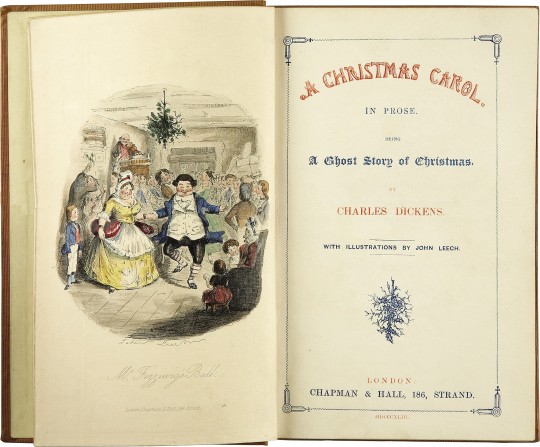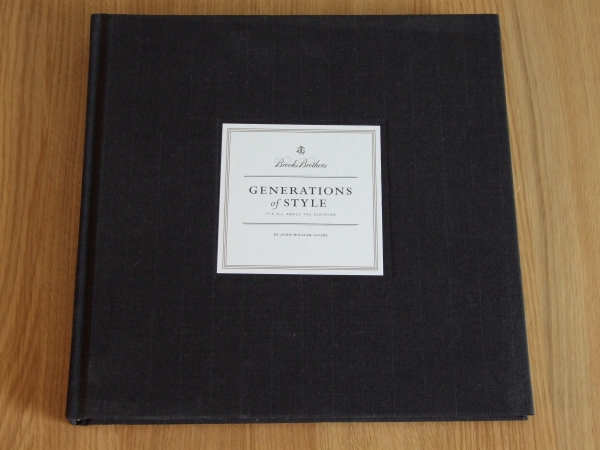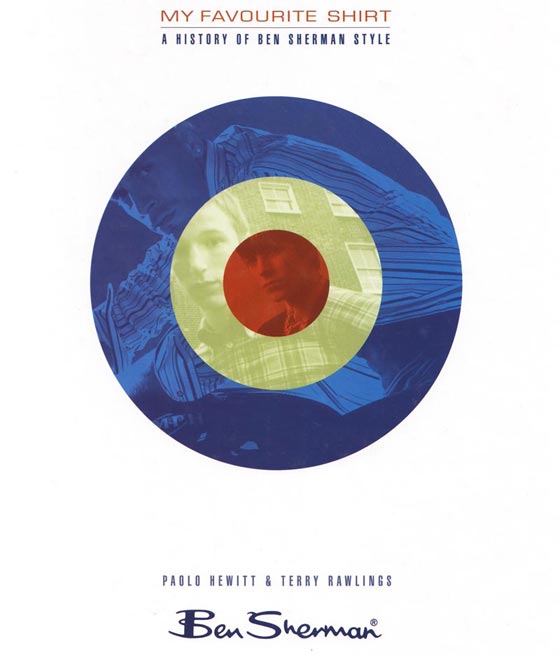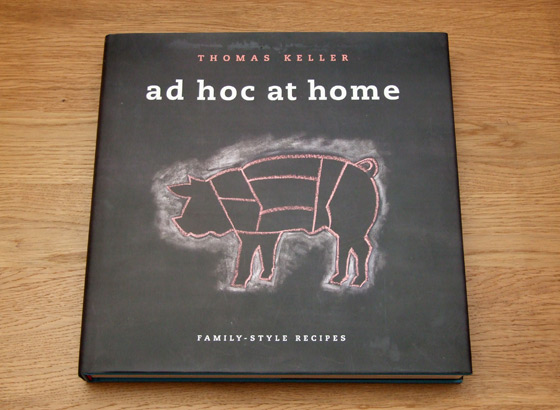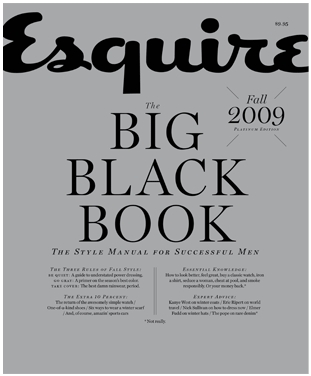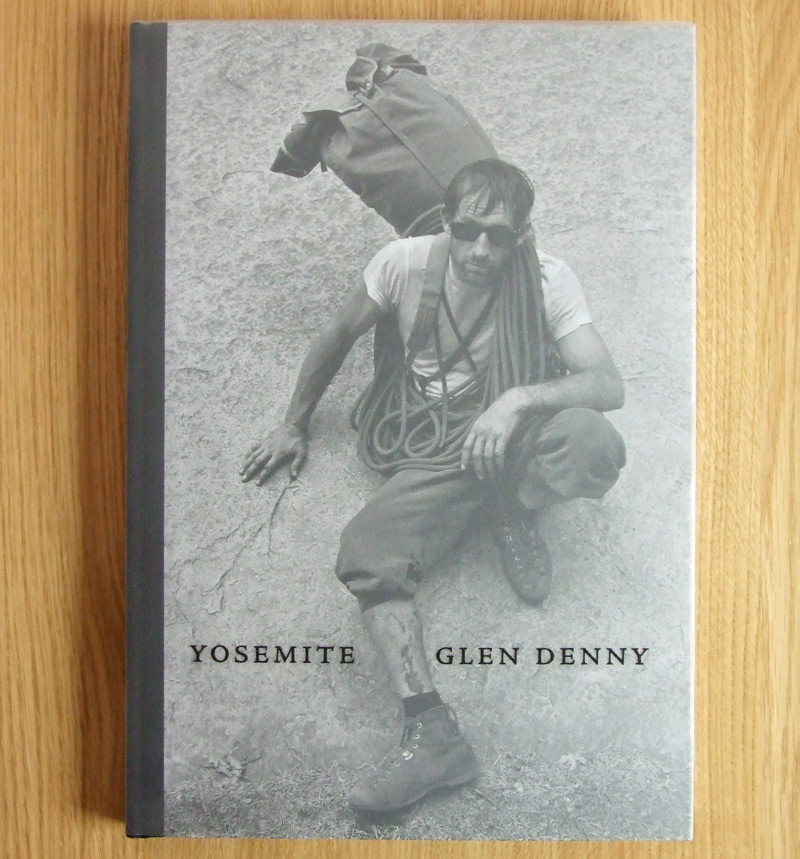Browsing through recent entries on Paul Smith’s blog led me to this photography book due to be released soon, titled the Gentlemen of Bacongo. It covers the Sapeurs, a subculture of dandy men that love to dress up in fine clothing despite living in near poverty conditions in Africa. I hope to have a copy as soon as it’s available.
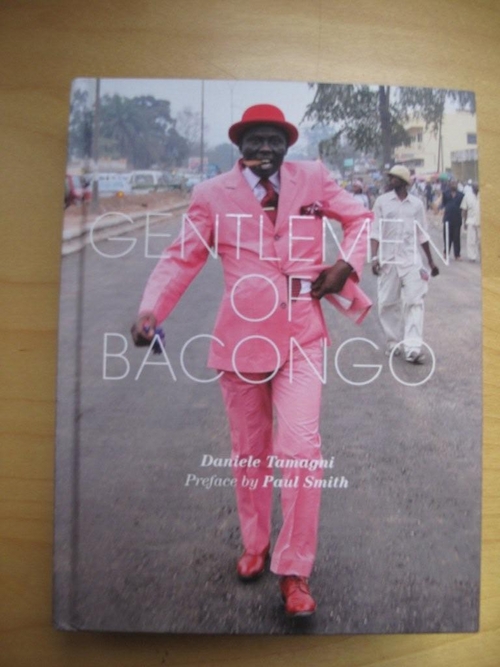
More reading on the Sapeurs:
“Paradise Is a Fabulous Suit”
Their canon of saints reads: Pierre Cardin, Roberto Cavalli, Dior, Fendi, Ferré, Gaultier, Gucci, Jourdan, Miyake, Prada, Saint Laurent, Versace, Yamamoto. A typical ballad runs: “Listen my love. On our wedding day/The label will be Torrente/The label will be Giorgio Armani/The label will be Daniel Hechter/The label for the shoes will be J. M. Weston.” Brussels, their shopping mecca, is referred to in Congolese as Lola, meaning paradise.
“In Congo, Designer Cheek”
Before bling and ghetto fabulous, before the dawn of the metrosexual, Congolese men have been pushing the limits of outlandish fashion and heterosexual male vanity, roaming the streets like walking advertisements for the world’s top labels. These fashionistas were donning fur coats and gaudy jewels as early as the 1970s, when American hip-hop star Sean Combs was still accessorizing with a grade-school lunchbox.
“The white man may have invented clothes, but we turned it into an art,” said Congolese musician King Kester Emeneya, who helped popularize the Sape movement with the legendary Papa Wemba, who is often called the pope of the Sapes. Emulated and admired by a generation of African musicians, Wemba once called fashion his religion, advising devotees that what they wore was more important than school.
And many great pictures are available here: “The Congolese Sape”
